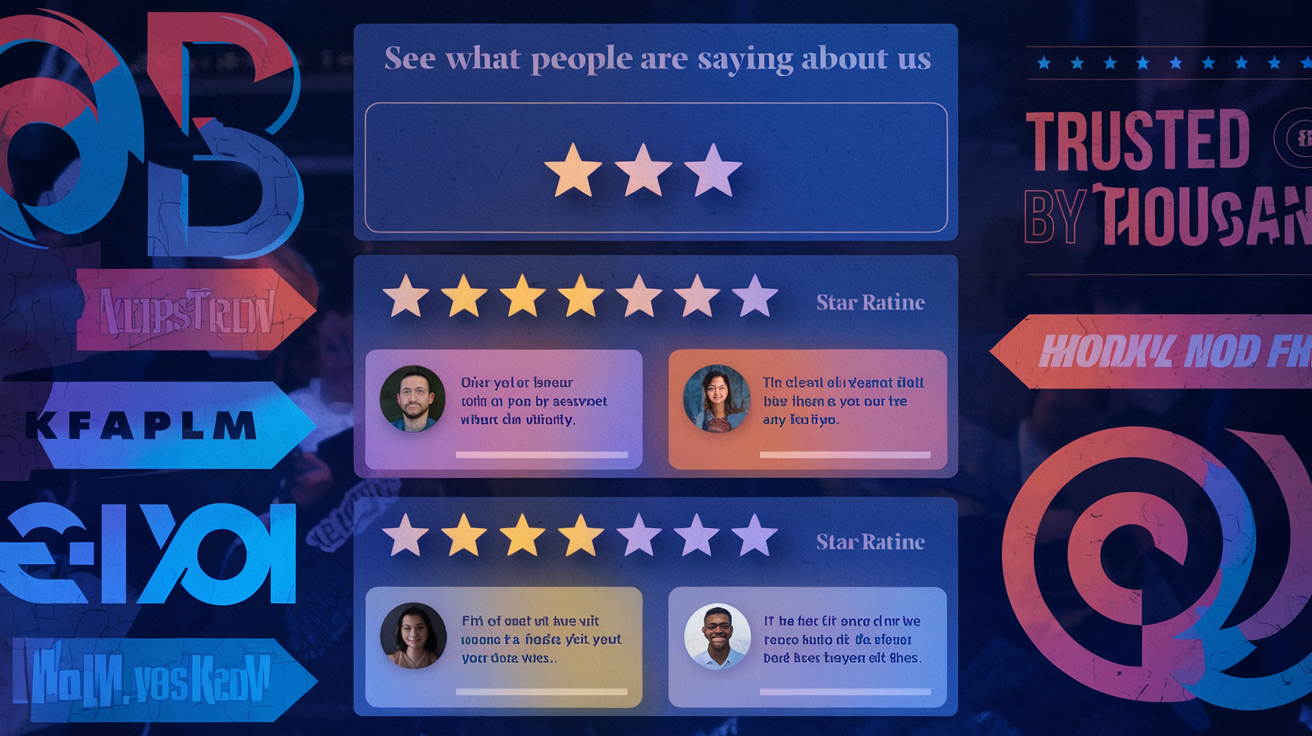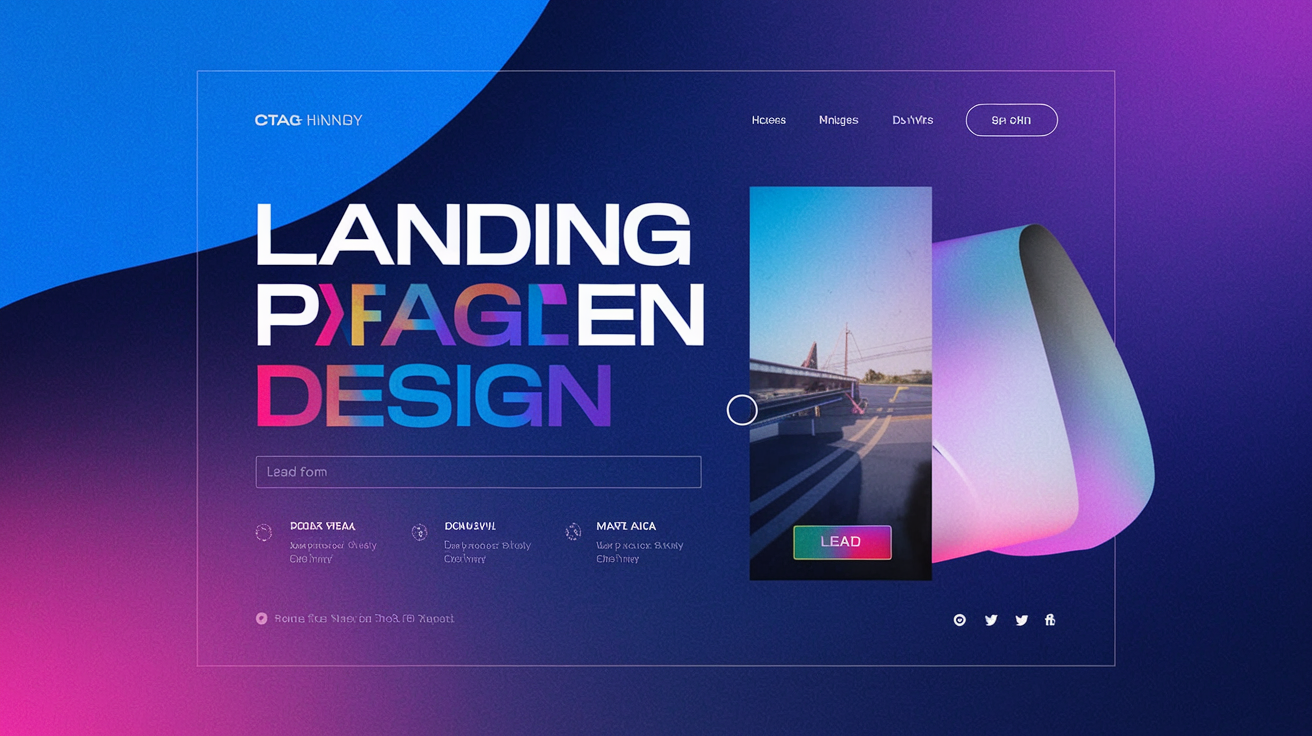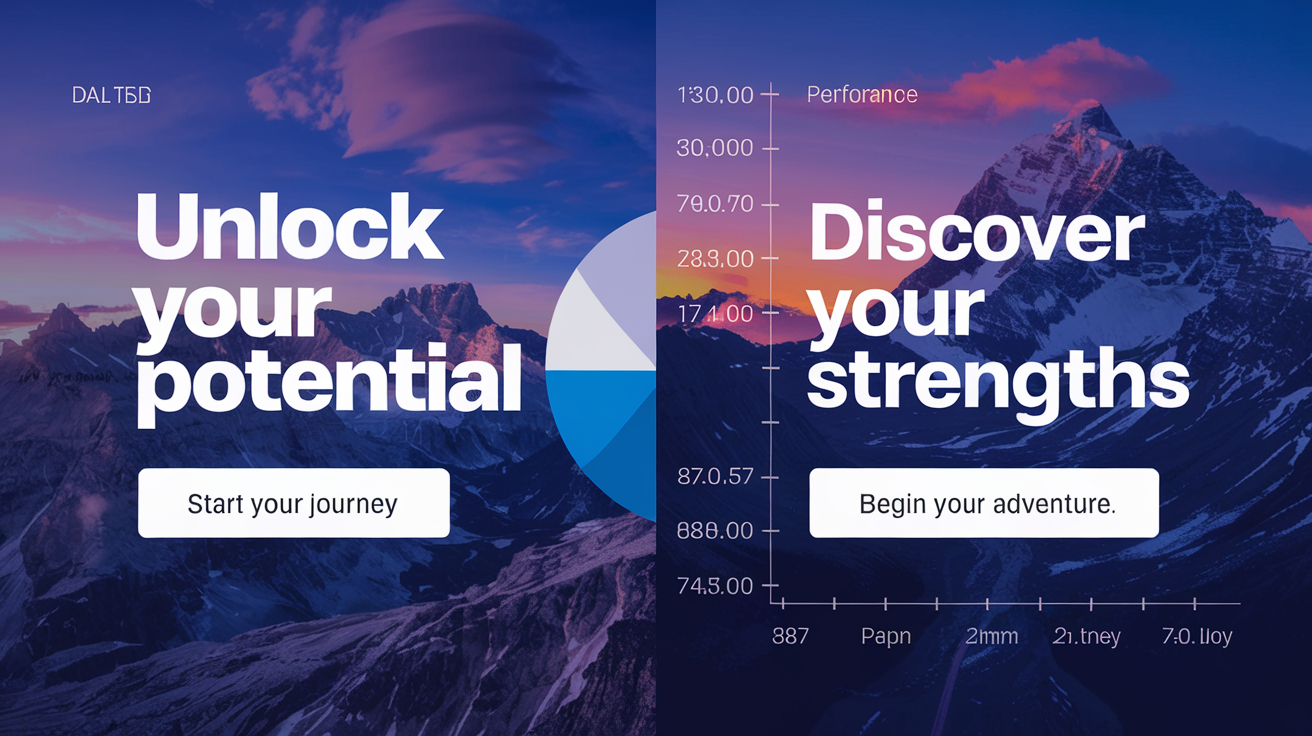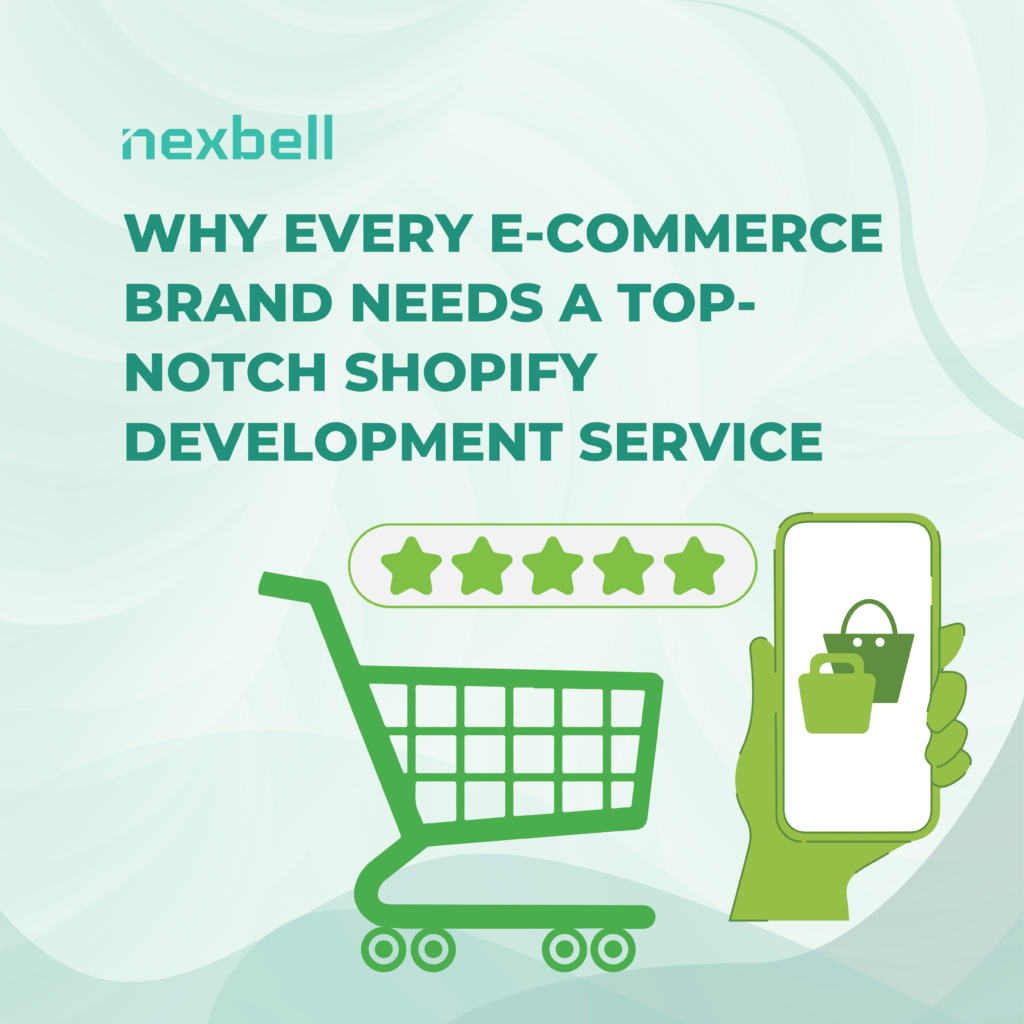Designing an effective landing page is essential for any business looking to generate leads, increase conversions, or communicate a clear message to its audience. WordPress, as a versatile platform, provides all the tools necessary to create professional landing pages without requiring extensive coding skills. This blog will guide you step by step through the process, drawing from real-world examples of successful landing pages to illustrate best practices.
What is a Landing Page?
A landing page is a standalone web page specifically designed to encourage visitors to take a specific action, such as signing up for a newsletter, purchasing a product, or downloading an eBook. Unlike a traditional website, a landing page focuses on a single goal, minimizing distractions to keep the user’s attention on the desired action.
Why WordPress for Landing Pages?
WordPress powers over 40% of websites globally, and for good reason. It offers flexibility, a vast array of plugins, and themes tailored for landing page creation. With tools like Elementor, Beaver Builder, and Thrive Architect, you can design landing pages that are visually appealing and functional without writing a single line of code.
Key Elements of a Successful Landing Page
Before diving into the design process, let’s identify the critical elements of a high-performing landing page:
- Clear Headline: Communicate your unique value proposition (UVP) in a concise and compelling way.
- Strong Call-to-Action (CTA): Encourage visitors to take the desired action with a prominent, actionable button or form.
- Engaging Visuals: Use relevant images, videos, or illustrations to capture attention.
- Social Proof: Include testimonials, reviews, or case studies to build trust.
- Optimized Forms: If the goal is lead generation, keep your forms simple and user-friendly.
- Responsive Design: Ensure your page looks great on all devices.
Steps to Design a WordPress Landing Page
1. Define Your Goal
The first step is to determine the purpose of your landing page. Is it to:
- Generate leads?
- Promote a specific product?
- Announce an event?
- Encourage sign-ups?
For example, Dropbox’s landing page for their business services focuses on acquiring enterprise clients. Their simple design, with clear benefits and a strong CTA, has been highly effective in achieving their goals.
2. Choose the Right WordPress Theme or Plugin
If you’re starting from scratch, select a WordPress theme or plugin specifically designed for landing pages. Popular options include:
- Themes: Divi, Astra, or OceanWP
- Plugins: Elementor, WPBakery, or Leadpages
These tools provide drag-and-drop builders, pre-designed templates, and customization options to speed up your workflow.
3. Create a Wireframe
A wireframe is a blueprint for your landing page. It outlines the placement of key elements like headlines, CTAs, images, and forms. Tools like Figma or even a simple sketch can help you plan your layout.
For example, Neil Patel’s landing pages often follow a predictable structure:
- A bold headline
- A subheading highlighting benefits
- A single prominent CTA above the fold
- Additional content to address objections further down the page
4. Write Compelling Content
Your content should:
- Focus on benefits rather than features
- Address potential objections
- Use concise and actionable language
Example: Airbnb’s landing page for hosts emphasizes “earning extra income” and provides a simple step-by-step process to sign up.
5. Add Engaging Visuals
Visual elements are critical in keeping visitors engaged. Use high-quality images, infographics, or explainer videos to support your message. For instance:
- Slack uses minimalistic illustrations and videos to demonstrate how their product works.
- Squarespace showcases real-world examples of websites built using their platform to inspire confidence.
6. Optimize Your CTA
Your CTA is the focal point of your landing page. Make it:
- Visible: Use contrasting colors to make it stand out.
- Action-Oriented: Use phrases like “Get Started,” “Sign Up Now,” or “Download Free Guide.”
- Singular: Avoid multiple CTAs that could confuse the user.
Example: Mailchimp’s landing page CTA for their email marketing services uses a bright yellow button with the text “Sign Up Free,” making it highly visible and inviting.
7. Incorporate Social Proof
Social proof builds trust and reduces hesitation. Include:
- Testimonials
- Case studies
- Star ratings
- Logos of clients or media mentions
Example: Shopify’s landing page for their e-commerce platform highlights testimonials from successful entrepreneurs alongside logos of major brands using their services.
 8. Test and Optimize
8. Test and Optimize
No landing page is perfect on the first try. Use A/B testing to refine:
- Headlines
- CTAs
- Form lengths
- Visuals
Tools like Google Optimize or Optimizely can help you test and analyze performance.
For instance, Moz increased sign-ups by 52% by testing and tweaking their landing page layout and CTA copy.
Example: Real-World Success Stories
Case Study 1: Unbounce
Unbounce, a platform for building landing pages, practices what they preach. Their landing page for a free trial highlights:
- A strong headline: “Build Landing Pages That Convert”
- Social proof: Statistics about their user base
- A clear CTA: “Start Free Trial”
This combination has helped them attract thousands of users.
Case Study 2: HubSpot
HubSpot’s landing page for their marketing tools focuses on simplicity and value:
- A compelling headline: “Grow Better with HubSpot”
- Multiple CTAs: “Get Started Free” and “Speak to Sales”
- Social proof: Case studies and testimonials from notable clients
Their user-centric design consistently drives conversions.
Final Thoughts
Designing a WordPress landing page doesn’t have to be overwhelming. By focusing on clear goals, user-friendly tools, and proven design principles, you can create a page that drives meaningful results. Learn from successful examples, test your assumptions, and continually refine your approach.
Remember, a great landing page is less about aesthetics and more about functionality and purpose. Start small, track performance, and evolve your design based on real user data.
If you’re ready to take the next step, WordPress and its ecosystem offer everything you need to create a high-converting landing page today.








